Arakawa Rough-Bark Japanese Maple
$59.50 Original price was: $59.50.$41.65Current price is: $41.65.
- Free Shipping over $25
- Fast & reliable delivery options
- Enjoy top quality items for less
- Multiple safe payment methods

Attractive and unusual bark is an aspect of trees that is often overlooked, yet in the winter months especially, bark can be a feature that brings lots of interest to the dormant garden. Japanese maples trees are known much more for their leaf shapes and colors, or the overall size and habit of the tree, and bark is not often a feature. This makes the Rough Barked Japanese Maple almost unique, with its deeply grooved, rugged bark setting it apart from the smooth bark of almost all other varieties. The Japanese are well-known for their love of nature, and this tree is one of the most popular maples in Japan, because the bark suggests ancient forests and harsh mountains, and its strong, dramatic beauty creates a striking and different feature in any garden.
Growing Rough Barked Japanese Maple Trees
The Rough Barked Japanese Maple is an upright tree with a broad crown, growing 20 to 25 feet tall in time, with a spread almost as great. When you plant it, allow for this future size, and give you tree enough room. It has one or a few main trunks, with spreading limbs, wrapped in thick, corky, dark-gray bark. That bark is cracked and deeply furrowed, dividing it up into irregular plates. The effect is of an ancient, weathered tree, whose tough bark has resisted a harsh climate for centuries. The delicate leaves make a striking contrast. They are divided into 5 to 7 narrow lobes, spreading out like the fingers of a hand, and cut two-thirds of the way down the leaf. There are tiny, soft serrations along the edges of each lobe. The leaves are a fresh, light green with reddish touches in spring when they emerge, like baby’s fingers, uncurling slowly, and then all summer they are a rich green. A little broader than the leaves of some of the most delicate Japanese maples, they are less prone to shriveling in summer than many other forms of this tree. In fall the leaves turn glorious bright orange red, shining in the fall sunshine, before falling, revealing the stunning bark completely, for the winter months. This variety is considered by experts to have the best red fall leaf color of any Japanese maple. Color develops best in full sun, and in shade the leaves may be butter yellow – still a beautiful display.
Grow the Rough Barked Japanese Maple in sun or partial shade at the back of a shrub bed, as a specimen on a lawn, or on the margins of a wooded area. It will find a place in any garden style, even in formal gardens, and look great, of course, in Asian-themed plantings. Grow it for many years in a large planter – Japanese maples have many slender roots and they grow well in pots. Because of its special bark, this is also a favored choice for bonsai, since the bark quickly makes the tree look ancient and impressive, while in fact it may be still quite young.
The Rough Barked Japanese Maple tree grows best in moist, well-drained soil, with plenty of organic material blended into it. Mulch over the root zone in spring with more organic material, to keep the roots moist and cool. It grows well in the dappled shade of larger deciduous trees, and this vigorous tree will reach 10 to 14 feet tall within the first 10 years of growth. As it develops, prune smaller branches from the trunks and main limbs, keeping the leafy branches clustered more towards their ends, to show off as much of the decorative bark as possible. This tree rarely suffers from pests or diseases, and it is easy to grow given the right soil conditions. It is not very drought resistant, and it should be watered regularly during drier periods. Note that the rough bark takes several years to develop on the trunk and branches, so young growth will be smooth.
History and Origins of Rough Barked Japanese Maple Trees
The Japanese Maple, Acer palmatum, grows naturally in Japan, Korea and China, in open areas of woodlands, and along streams. Wild trees are typically 25 feet tall, but they can grow as much as 40 feet tall. For centuries the Japanese have collected and developed unusual forms of these trees and there are many to choose from, with a wide range of leaf forms and colors. The word ‘Arakawa’, which is the correct name for the Rough Barked Japanese Maple, means ‘rough bark’ in Japanese, and this tree is highly-prized in Japan for its unique characteristics – it is one of the most popular maple trees in Japan. Our trees have been grown by grafting stem pieces on to seedling Japanese maple tree roots, to preserve its special character. Seedling trees do not have the special features of this tree. Our clients come to us for our large selection of top-rated Japanese maples, and our new trees sell out fast. Order now, to have something really special, but vigorous and easily grown, that will make your garden unique.
Be the first to review “Arakawa Rough-Bark Japanese Maple” Cancel reply
Related products
Maple Trees
Maple Trees
Birch Trees
Ginkgo Trees
Japanese Maple Trees
Oak Trees
Japanese Maple Trees
Birch Trees

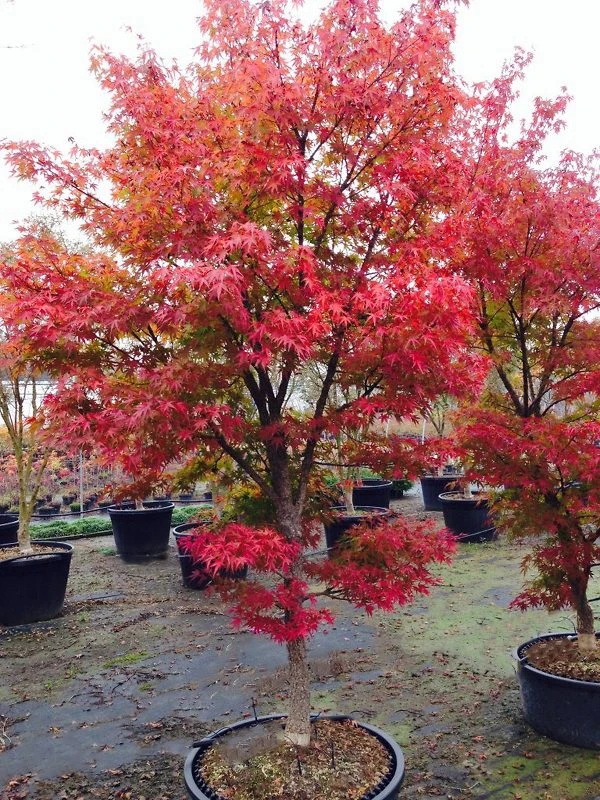
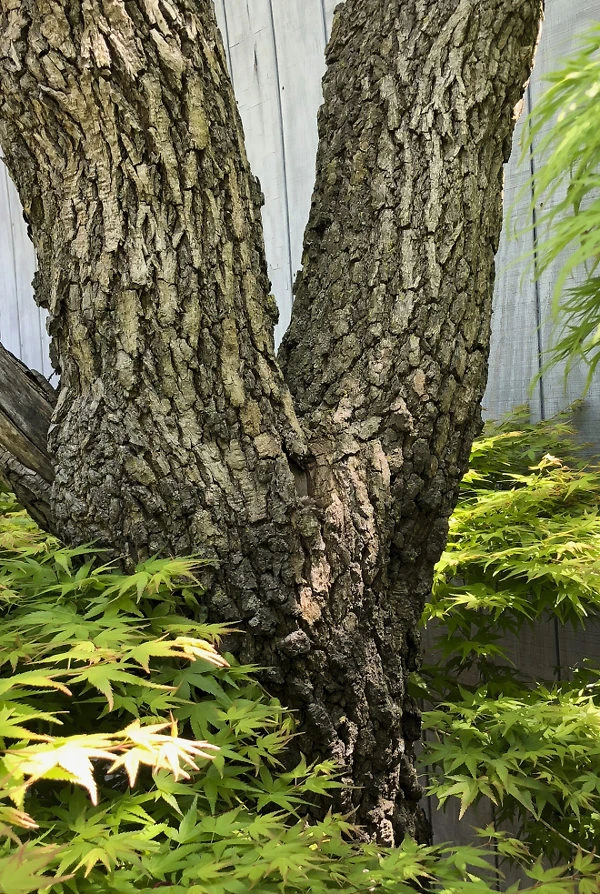


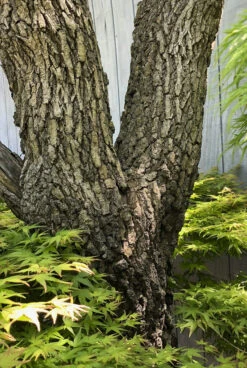

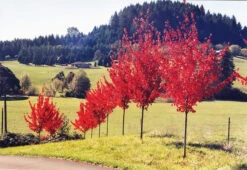

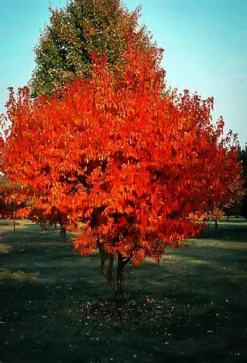
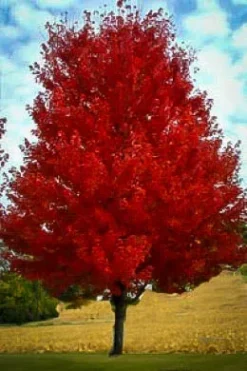

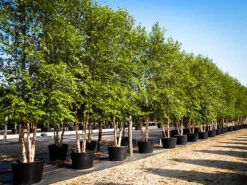

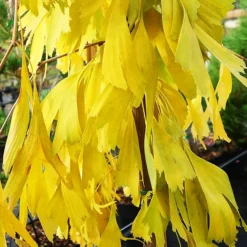
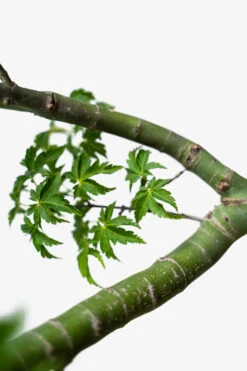
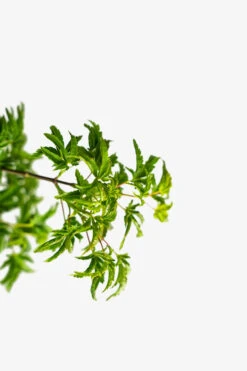





Reviews
There are no reviews yet.